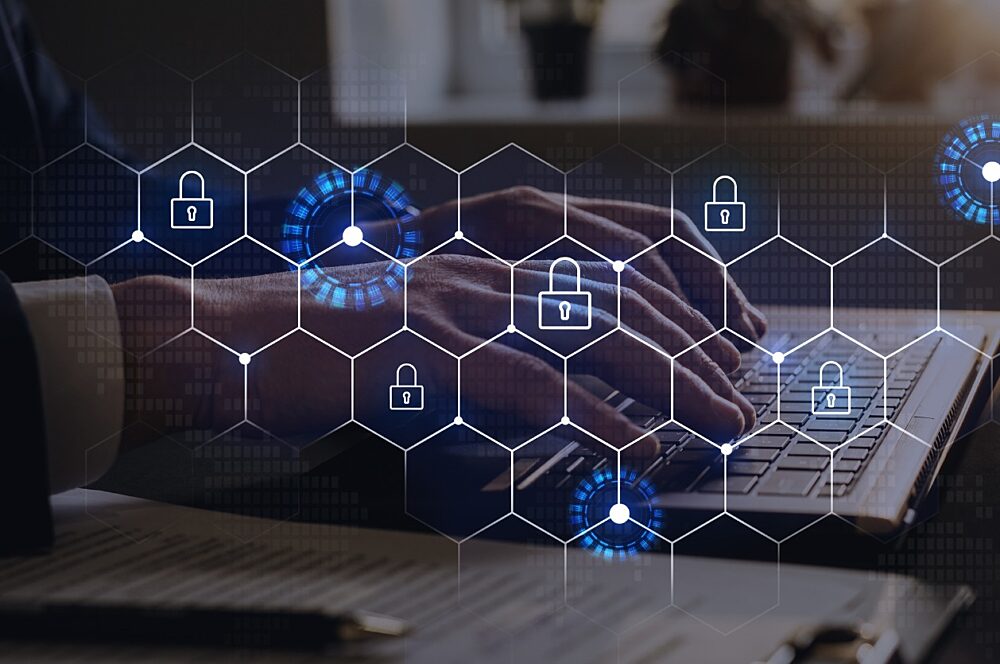In today’s digital landscape, cybersecurity is no longer an option; it’s a necessity. For small to mid-size businesses, navigating the perilous waters of cyber threats can often feel overwhelming. However, with the right knowledge and proactive strategies, safeguarding your business doesn’t have to be intimidating. Let’s dive into essential cybersecurity practices that every business leader should know.
Prefer to listen to this info? Take a dive in our podcast episode: Recap on Season 3 - Receipts on The Tea on Cybersecurity ⬇️
The Imperative of Multi- Factor Authentication (MFA)
One of the simplest yet most effective measures you can take to protect your digital assets is to implement Multi-Factor Authentication (MFA). It’s a security protocol that requires users to provide two or more verification factors to gain access to a system or application.
Why is MFA crucial? Cybercriminals often exploit vulnerabilities such as weak or stolen passwords to launch ransomware attacks. By enabling MFA, you add an extra layer of security that makes unauthorized access significantly more difficult. It’s like having a second lock on your front door—simple yet effective.
The Risks of Remote Work
With the rise of remote work, our homes have become extensions of corporate networks. This shift introduces unique cybersecurity challenges. Human error is a significant risk factor here. Are your employees’ laptops sufficiently secure? Many times, personal devices (especially those used by contractors) can be the weak link.
To mitigate these risks, consider the following:
- Enforce the use of company-owned or controlled laptops: This ensures a standard security configuration and regular updates.
- Employee Training: Educate your employees on best practices and the latest cybersecurity threats. This is your frontline defense.
Cyber Hygiene: Best Practices
Cyber hygiene refers to habitual practices ensuring the safe and secure handling of data. Here’s a quick checklist to bolster your cyber hygiene routine:
- Conduct a digital footprint audit: Identify and strengthen vulnerable areas in your digital infrastructure.
- Use a reputable password manager: Generate and store complex passwords securely.
- Enable MFA everywhere possible: As previously mentioned, MFA adds robust security.
- Stay informed: Regularly update yourself on the latest cybersecurity threats through blogs, news articles, or official advisories.
The Challenges of BYOD (Bring Your Own Device)
BYOD policies introduce complexity into your cybersecurity strategy. Tracking and monitoring employee-owned devices can be difficult, yet it’s essential for secure operations. Knowing the IP addresses of these devices and ensuring they comply with your company’s security standards is crucial.
Regularly updating your asset inventories also helps maintain compliance and security. For instance, quarterly updates to your hardware inventory are advisable to keep track of all assets and their security statuses.
Understanding Risk and Vulnerability Management
Risk management and vulnerability management, while correlated, address different aspects of cybersecurity. Risk involves identifying, evaluating, and controlling potential threats. Interestingly, this spans beyond cyber risks to include factors like natural disasters that could disrupt operations.
Vulnerability management, on the other hand, focuses on identifying and rectifying weaknesses within your system. Consider it the equivalent of regularly checking that your doors and windows are locked to prevent intruders.
Breaches vs. Incidents
Understanding the distinction between breaches and incidents can guide your response strategy. A breach occurs when an unauthorized party gains access to your system. An incident involves the actual compromise or exposure of your data.
Creating an incident response plan is pivotal. Start by designating roles and responsibilities, then assess risks pertinent to your organization, and craft procedural steps to address possible scenarios. Flexibility in your response plans will enable you to handle a variety of incidents effectively.
Trust and Transparency
Trust is the cornerstone of any strong cybersecurity strategy. Your clients and partners must trust that their data is secure in your hands. This requires transparent communication about your cybersecurity measures and adherence to compliance standards. Think of compliance as a certification—a badge of honor that signals your commitment to data security.
The Role of Compliance
Compliance frameworks act like recipes in a cookbook, guiding you through the steps to create a robust security program. Whether you’re in healthcare, finance, or any other industry, adhering to compliance standards specific to your sector not only protects your data but also builds credibility and trust with your stakeholders.
Take Action
Cybersecurity doesn’t have to be daunting. By adopting these best practices, engaging in continuous learning, and fostering a culture of security within your organization, you can considerably mitigate risks. So, take action today. Implement MFA, strengthen your cyber hygiene routine, update your BYOD policies, and create a robust incident response plan. You’ll not only protect your business but also build a foundation of trust and transparency that will serve you well in the digital age.
And remember, in the realm of cybersecurity, being proactive is always better than reactive. Let’s make your business a fortress against digital threats.


